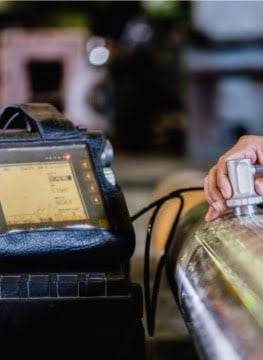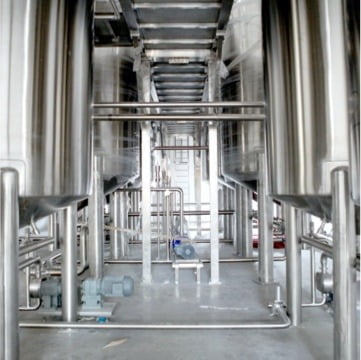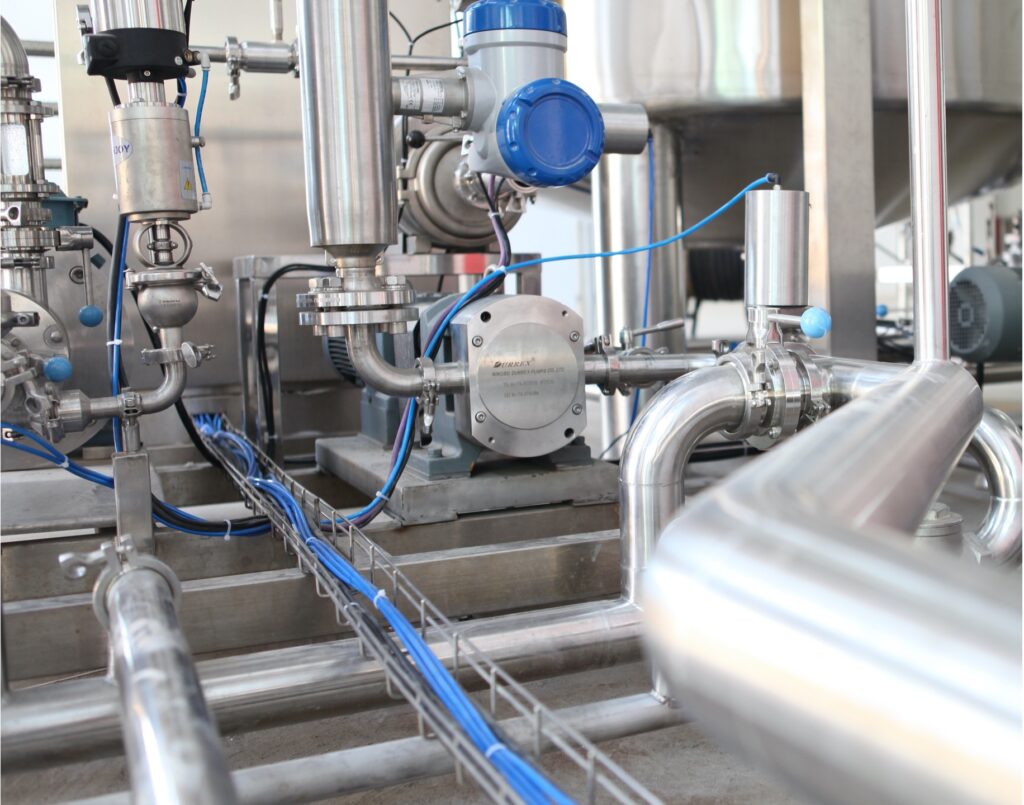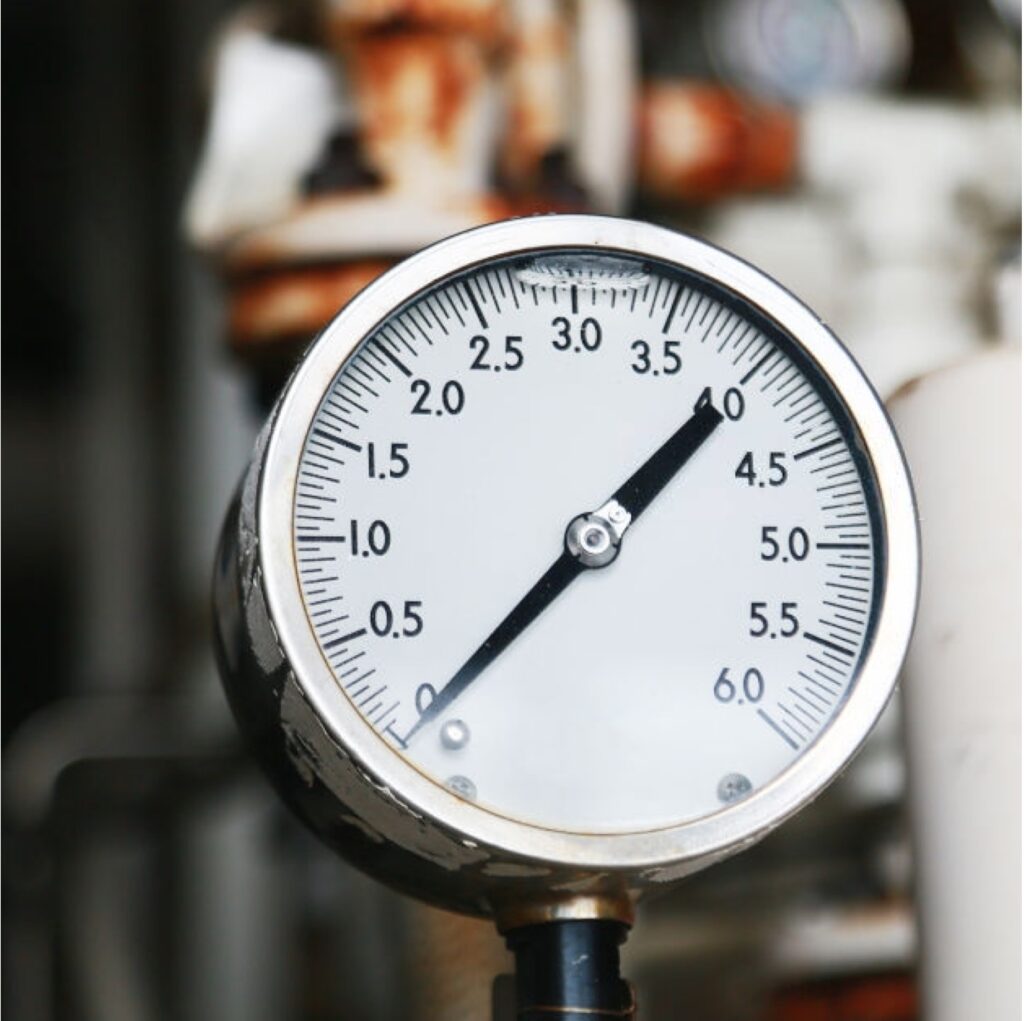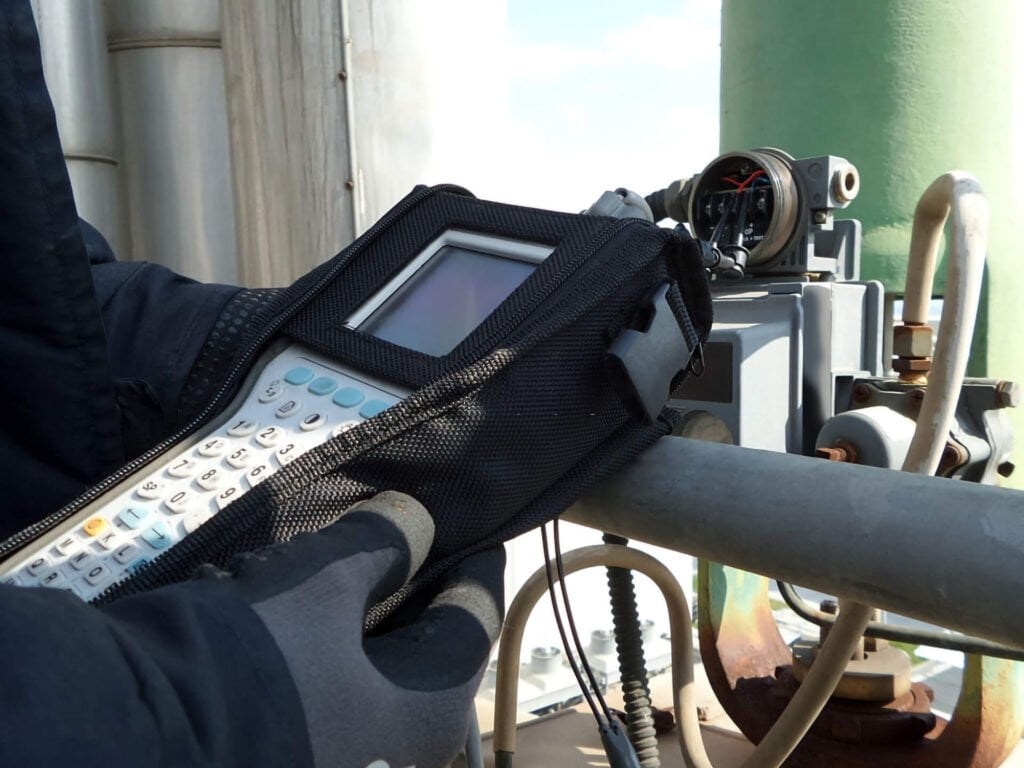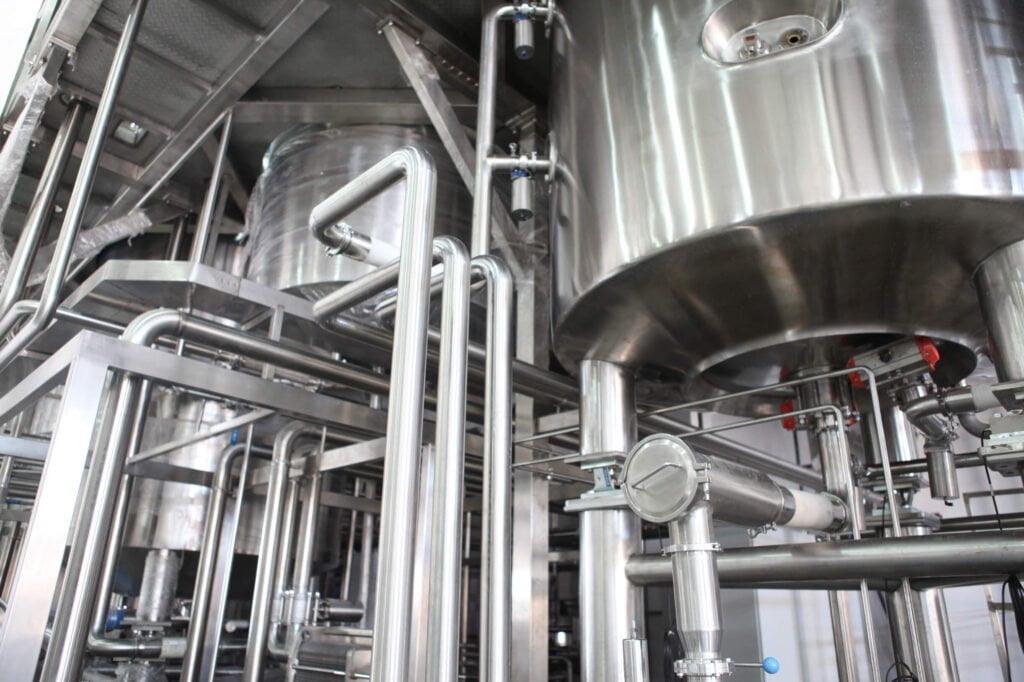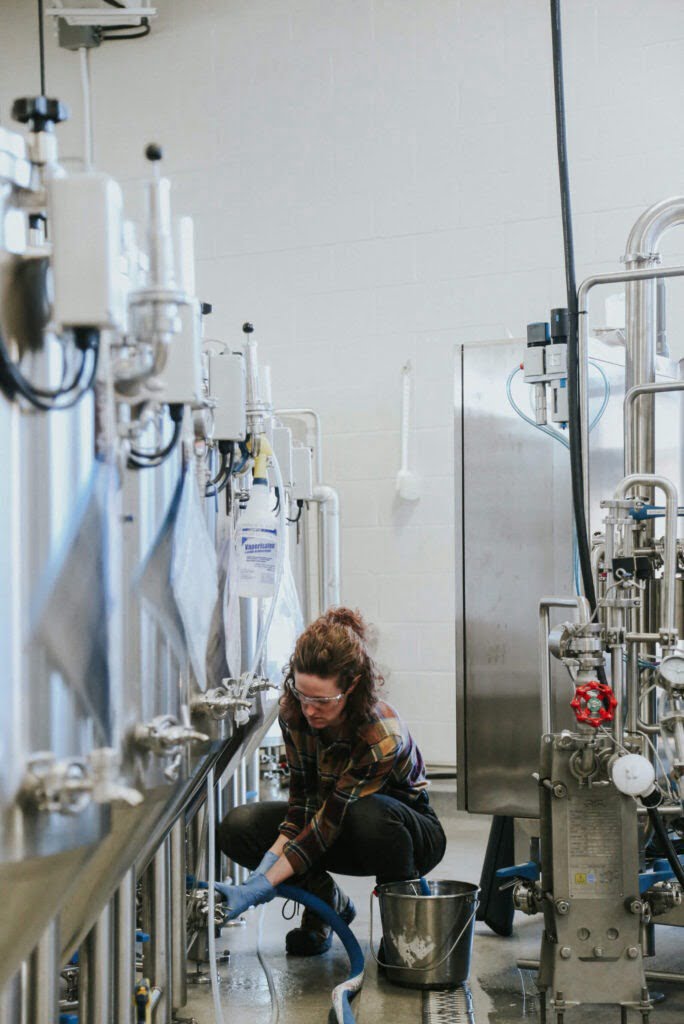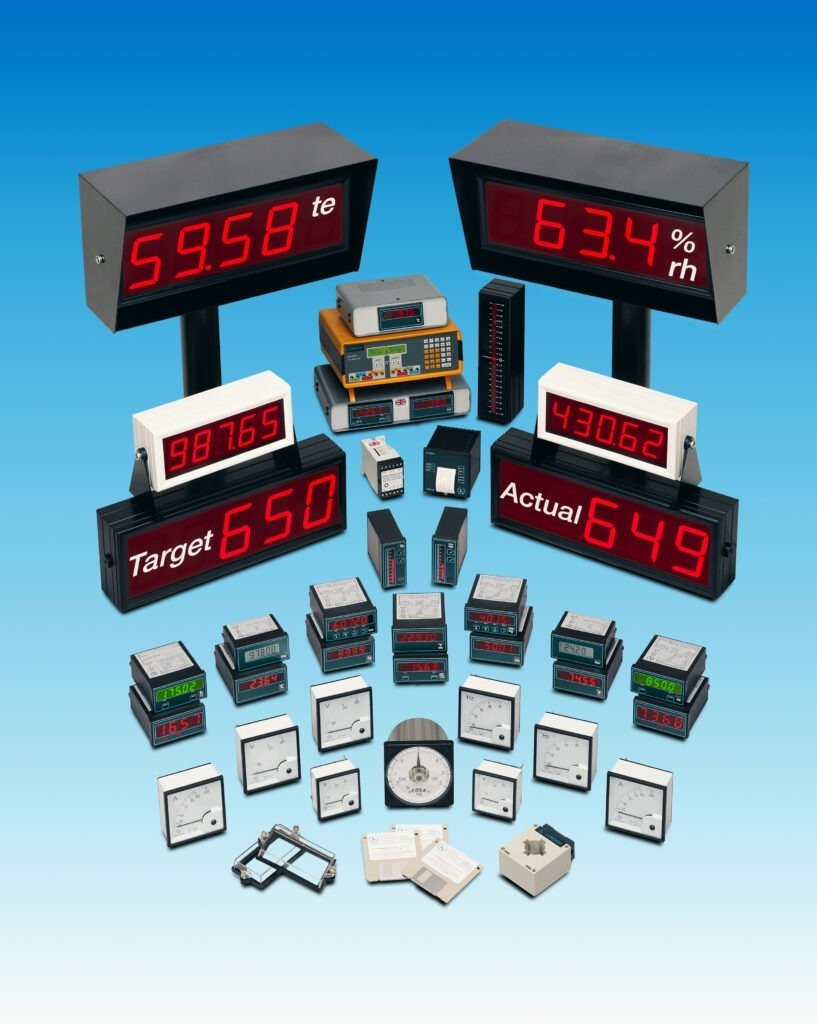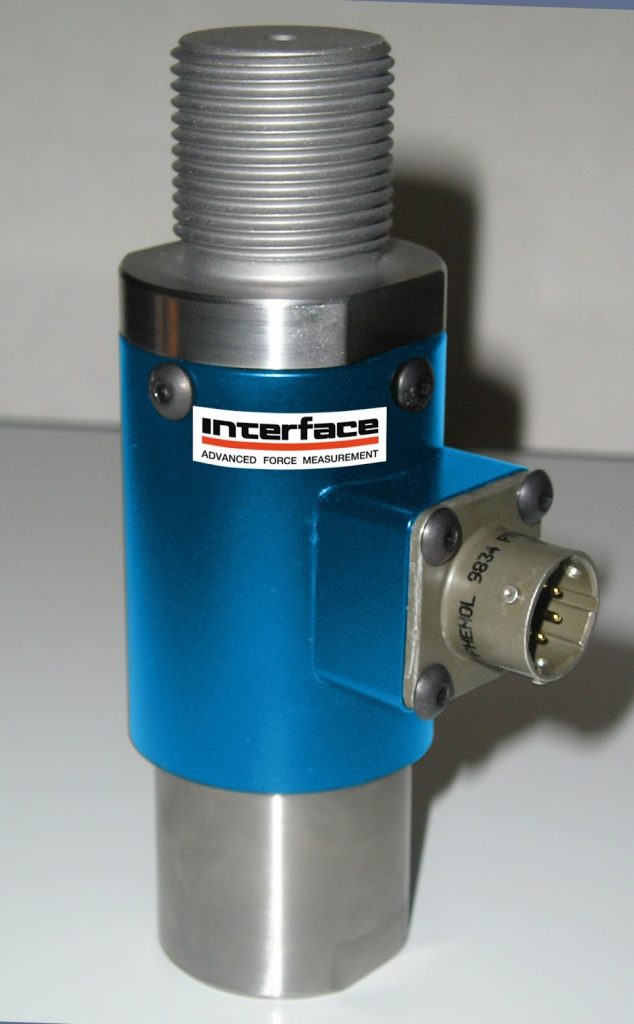What is the most frequently searched question searched related to Interface and the products we manufacture? It may seem overly simple to test engineers and frequent buyers of Interface force measurement solutions, but to many it is an important question. What do inquisitive users of the internet want to know? They want to how load cells work.
Diving into this question, we learned that many understand the purpose of a load cell. A load cell converts an applied mechanical force, whether that is tension, compression, or torsion, into a measurable electrical signal. Any change in force, increases or decreases the signal output change in proportion.
There are fewer people that understand how a force transducer works. After 55 years making load cells, we thought we should help provide an answer to an incredibly good question. Here is a quick technical brief on how a load cell works.
Interface Tech Talk Answers How Do Load Cells Work
A load cell has two basic components. It has a spring element that is often known as a flexure that mechanically supports the load to be measured and a deflection measurement element that responds to flexure movement resulting from the application of force.
In simpler terms, there is a bending beam under the load and when weight or force is applied, the change in bend (deflection) results in change in output.
A load cell’s basic function is to take applied force and convert it into an output signal that provides the user with a measurement. This process of converting a force into data is typically completed through a Wheatstone bridge that is comprised of strain gages.
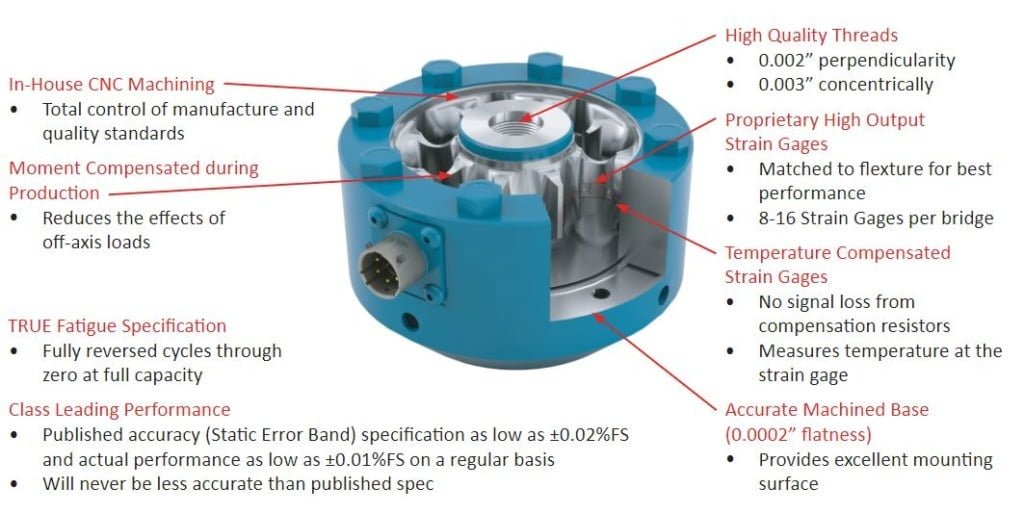
Strain Gage Load Cells
Strain gages are typically constructed of an exceptionally fine wire or metal foil that is arranged in a grid-like pattern. Strain gages are strategically placed on the load cell flexure and bonded securely, such that the force induced deflection of the flexure causes the gages to stretch or compress. Thus, when tension or compression is applied, the electrical resistance of the strain gages changes and the balance of the Wheatstone bridge then shifts positive or negative. Fundamentally, the strain gages convert force, pressure, or weight into a change that can then be measured as an electrical signal.
Why use strain gages in load cells? Strain gage characteristics include thermal tracking, temperature compensation, creep compensation, frequency response, and non-repeatability. The major advantage of the strain gage as the deflection measuring element is the fact that it has infinite resolution. That means that no matter how small the deflection, it can be measured as a change in the resistance of the strain gage.
The strain gage is the critical foundation of a load cell and the most vital component for accurate and reliable measurements. One thing to understand about Interface load cells is that we develop our own strain gages in-house using a proprietary manufacturing process to ensure premium performance.
In addition to strain gage load cells, there are also two different less common load cells that use a diverse types of data collection method. This is defined as pneumatic and hydraulic methods.
Pneumatic
These load cells are typically used for measuring lower weights with high degrees of accuracy. They measure weight in terms of force-balance, meaning that weight is reported as a change in pressure. Key advantages of pneumatic load cells are their resistance to electrical noise and inability to spark, in addition to their low reactivity to temperature changes.
Hydraulic
As the name suggests, these load cells utilize fluid pressure for measurement. Like pneumatic load cells, hydraulic load cells balance force by measuring weight as a change in pressure, and the pressure of the fluid rises because of an increase in force. These load cells have no electric components, allowing them to perform well in hazardous conditions.
How to choose the right load cell?
Load cells seem like an extremely basic piece of equipment used to measure different forces such as weight, compression, tension, torsion, or a combination of these. It can be on a single axis or across multiple axes. However, there are many distinct types of strain gages and load cells that are designed for a variety of environments and force measurement testing requirements.
Specifications of a measurement sensor validate the design capabilities and capacities, including the amount of measurement that can be used for a particular device before you exceed the limits.
The field of force measurement has the same types of constraints as any other discipline. It starts with considerations of weight, size, cost, accuracy, useful life, and rated capacity. This also means considerations for extraneous forces, test profile, error specifications, temperature, altitude, pressure, and environment are particularly important when choosing a load cell.
The major difference in strain gages is the base material used in the manufacturing process. Varied materials are used when a load cell needs to perform optimally in a variety of temperatures, humidity levels, and elevations. Matching the correct strain gage and a load cell to the customer’s needs is critical to accuracy. It is why Interface has excelled in building precision load cells for five and half decades and continues to be a trusted supplier to industry market leaders, innovators, engineers, and testing houses around the world. It is what we do best. It is what we know.
Our team of engineers and manufacturing experts use expertise that has built over time, applications, and load cell experience. A load cell starts as a raw piece of steel, aluminum, or other metal. It is machined, gaged, wired, finished, and calibrated by experts in load cell production, machinists, and quality engineers.
If you are just beginning to work with products that require accurate force measurement, we would suggest that you speak with an application engineer who can help you understand the load cell that will fit best for your use case.
When shopping for a load cell it is important to know the type of force that you need to measure, the size of the application, the environment in which you will be measuring the application, the accuracy of data needed, the type of communication output that will work with your current test system and if there are any unique details about your application, like extreme or hazardous conditions.
For further information you can also contact Dave Grey dave.g@ams-ic.com.au
